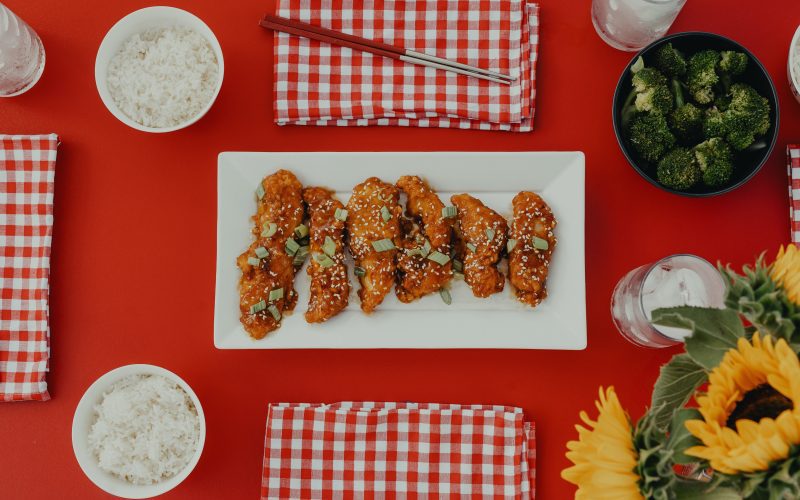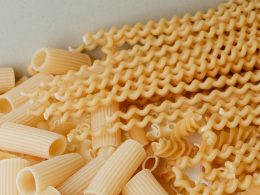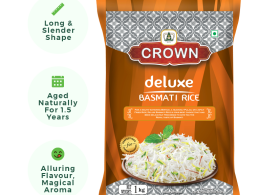Food is not only a source of nourishment, but also a cultural and social experience. In the United States, there are a multitude of culinary traditions, each with its own unique flavors, ingredients, and textures. While some food preferences are purely subjective, scientists have been studying the science behind why people prefer certain textures over others, and how those preferences shape American cuisine.
Texture plays a crucial role in how we perceive food. It can make or break a dish, even if the taste and aroma are spot on. There are five basic textures that food can have: crunchy, chewy, creamy, crispy, and fluffy. The way that these textures interact with our senses can impact how we perceive the taste, aroma, and overall enjoyment of a dish.
According to research, Americans tend to prefer foods with a combination of textures. For example, a dish that is both crunchy and creamy is often preferred over a dish that is solely one texture. This is why dishes like macaroni and cheese, which are both creamy and have a crispy topping, are so popular in American cuisine.
However, preferences for certain textures can vary based on cultural background, age, and even gender. For example, older adults tend to prefer softer textures, while younger adults prefer crunchy textures. Additionally, cultures that place a greater emphasis on chewing, such as Asian cultures, may prefer chewy textures in their foods.
One interesting factor that can influence texture preferences is genetics. A study published in the journal Nature found that there are genetic variations that influence how people perceive texture in food. This means that some people may be more sensitive to certain textures than others, which can impact their food preferences.
The science behind texture preferences has important implications for the food industry. Understanding what textures people prefer can help food manufacturers create products that are more appealing to consumers. For example, food companies can use scientific research to create foods with specific textures that are more likely to be popular with American consumers.
Texture preferences can also impact the way that chefs create dishes. For example, a chef may use a combination of textures in a dish to create a more well-rounded and enjoyable culinary experience. Additionally, chefs can experiment with textures to create unique and innovative dishes that push the boundaries of traditional American cuisine.
Overall, the science behind texture preferences in American cuisine is complex and multifaceted. While there are some general trends in texture preferences, personal and cultural factors can also play a role in shaping our preferences. By understanding the science behind texture preferences, food manufacturers and chefs can create dishes that are more appealing and enjoyable for American consumers.












